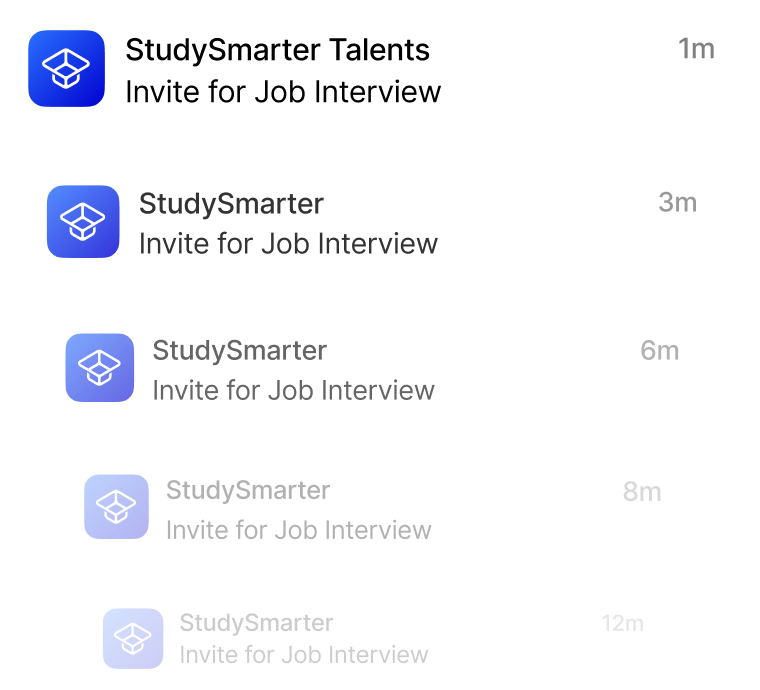At a Glance
- Tasks: Lead the design and optimisation of advanced optical systems for innovative instrumentation.
- Company: Join PerkinElmer, a leader in scientific instrumentation and technology solutions.
- Benefits: Enjoy a collaborative work environment with opportunities for mentorship and professional growth.
- Why this job: Be at the forefront of optical innovation, impacting diverse product lines and global R&D teams.
- Qualifications: Bachelor's degree in Physics or Optical Engineering; 5+ years in optical system design required.
- Other info: Ideal for strategic thinkers passionate about pushing boundaries in optical technology.
The predicted salary is between 48000 - 72000 £ per year.
A highly experienced Optical Scientist who will lead the optical development, design, and optimization of advanced instrumentation. This role combines theoretical expertise with practical implementation in both research and commercial applications for all PerkinElmer products. The hands-on role requires the successful candidate to develop a good understanding of the function and use of the product as well as the underlying technology, in order to be able to develop and document both high-level functional and performance requirements and detailed sub-system requirements.
Collaborates with key stakeholders to contribute to system design and specification, which may include concept development, design calculations, or modeling of the system. The role will include collaboration and support of all PerkinElmer R&D centers. The role also includes investigation of selected manufacturing/field failures to determine root cause and initiate remedial actions.
Responsibilities- Lead the conceptualization, design, modeling (e.g., Zemax), and development of sophisticated optical systems for PerkinElmer’s diverse product lines, including but not limited to:
- Spectrophotometers (UV-Vis-NIR, FTIR)
- Atomic spectroscopy (AAS, ICP-OES/MS)
- Imaging systems (microscopy, plate readers)
- Laser-based instrumentation
- Bachelor’s Degree (or higher) in Physics, Optical Engineering, or a closely related engineering discipline. A Master's or PhD is highly preferred.
- Minimum of 5 years of significant experience in a technical leadership role focused on the design, development, and integration of complex free-space and imaging optical systems for instrumentation.
- Expert-level proficiency in optical design software (e.g., Zemax) for ray tracing, analysis, tolerancing, and optimization.
- Demonstrable experience in specifying optical components (lenses, mirrors, gratings, detectors, light sources) and a strong understanding of their manufacturing processes and limitations.
- Proven track record of working within structured product development programs (e.g., phase-gate processes) from concept to market launch.
- Exceptional analytical, problem-solving, and experimental design skills, with a data-driven approach.
- Strong ability to assess technical risks, identify failure modes, and develop mitigation strategies.
- Excellent written and verbal communication skills, with the ability to articulate complex technical concepts clearly to diverse audiences.
- Proven ability to plan, manage, and drive technical projects to completion.
- Direct experience with the optical design of one or more of the following: spectrophotometers (UV-Vis-NIR, FTIR), fluorescence systems, atomic spectroscopy instruments (AAS, ICP-OES/MS), or advanced microscopy/imaging systems.
- Experience in the design, troubleshooting, and manufacture of electro-mechanical scientific instrumentation.
- Familiarity with Design for Manufacturing (DFM) and Design for Assembly (DFA) principles.
- Experience collaborating with international, cross-functional teams.
- A portfolio of patents or peer-reviewed publications in relevant optical fields.
- A strategic thinker with a passion for innovation and pushing the boundaries of optical instrumentation.
- Highly analytical and data-driven, with attention to detail.
- Proactive, task- and goal-oriented, with a strong sense of ownership and accountability.
- Adaptable and resilient, comfortable with ambiguity and changing priorities in a dynamic R&D environment.
- A collaborative team player with excellent interpersonal skills and the ability to influence without direct authority.
- Customer-focused and quality-driven, committed to delivering high-performance, reliable products.
- Possesses the ability to see both the fine details and the "big picture" implications of design choices.
Principal Optical Research Scientist employer: PerkinElmer
Contact Detail:
PerkinElmer Recruiting Team
StudySmarter Expert Advice 🤫
We think this is how you could land Principal Optical Research Scientist
✨Tip Number 1
Familiarise yourself with the latest advancements in optical technologies and methodologies. This will not only enhance your understanding but also demonstrate your commitment to innovation during discussions with our team.
✨Tip Number 2
Engage with professionals in the optical engineering community through networking events or online forums. Building connections can provide insights into industry trends and may even lead to referrals for opportunities at StudySmarter.
✨Tip Number 3
Prepare to discuss specific projects where you've led the design and optimisation of optical systems. Highlighting your hands-on experience will showcase your practical skills and leadership capabilities, which are crucial for this role.
✨Tip Number 4
Brush up on your knowledge of optical design software like Zemax. Being able to speak confidently about your proficiency and past projects using such tools will set you apart as a strong candidate for the Principal Optical Research Scientist position.
We think you need these skills to ace Principal Optical Research Scientist
Some tips for your application 🫡
Tailor Your CV: Make sure your CV highlights relevant experience in optical design and instrumentation. Emphasise your proficiency with software like Zemax and any leadership roles you've held in similar projects.
Craft a Compelling Cover Letter: In your cover letter, express your passion for optical research and innovation. Mention specific projects or experiences that align with the responsibilities outlined in the job description, showcasing your problem-solving skills and technical expertise.
Highlight Collaborative Experience: Since the role involves collaboration with multidisciplinary teams, include examples of past teamwork. Describe how you’ve worked with engineers from different fields and contributed to successful project outcomes.
Showcase Your Publications and Patents: If you have any patents or publications, make sure to mention them in your application. This demonstrates your expertise and commitment to advancing the field of optical science, which is highly relevant for this position.
How to prepare for a job interview at PerkinElmer
✨Showcase Your Technical Expertise
Be prepared to discuss your experience with optical design software, particularly Zemax. Highlight specific projects where you've led the design and development of complex optical systems, and be ready to explain your thought process and problem-solving strategies.
✨Demonstrate Collaboration Skills
Since this role involves working with multidisciplinary teams, share examples of how you've successfully collaborated with engineers from different backgrounds. Emphasise your ability to communicate complex technical concepts clearly to diverse audiences.
✨Prepare for Problem-Solving Scenarios
Expect to face questions that assess your analytical and problem-solving skills. Prepare to discuss past experiences where you identified failure modes and developed effective mitigation strategies, especially in relation to optical systems.
✨Highlight Your Leadership Experience
As a Principal Optical Research Scientist, you'll be expected to mentor junior scientists. Be ready to talk about your leadership style, how you've guided teams in the past, and any initiatives you've taken to foster technical growth within your team.

